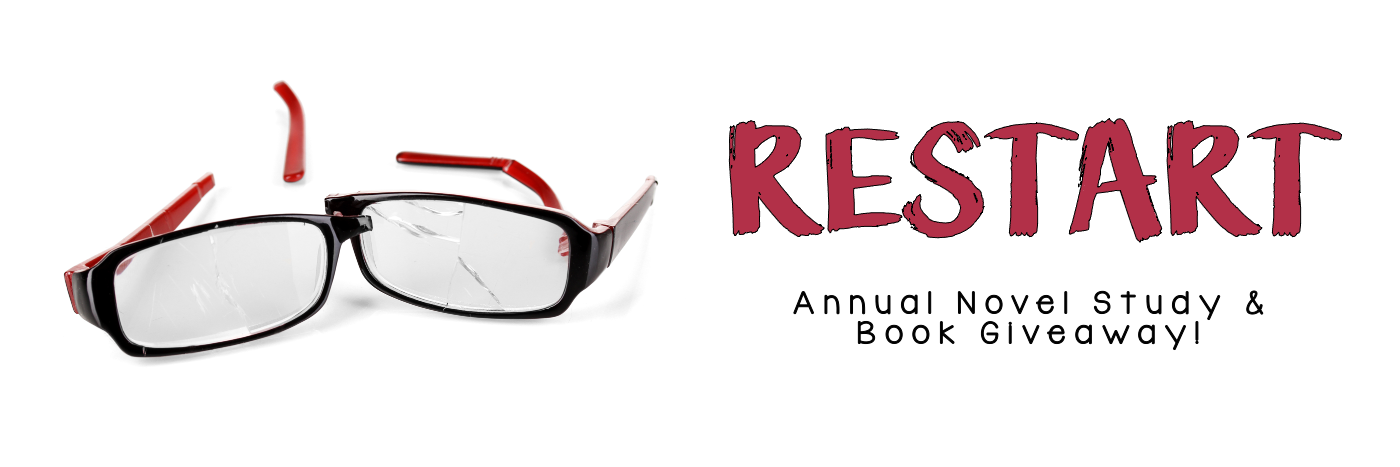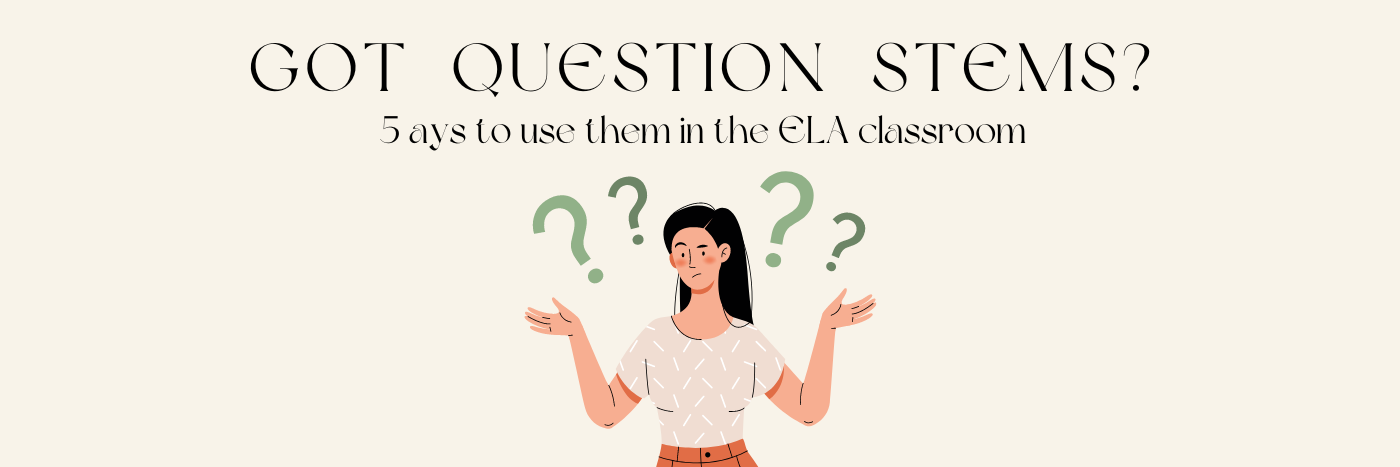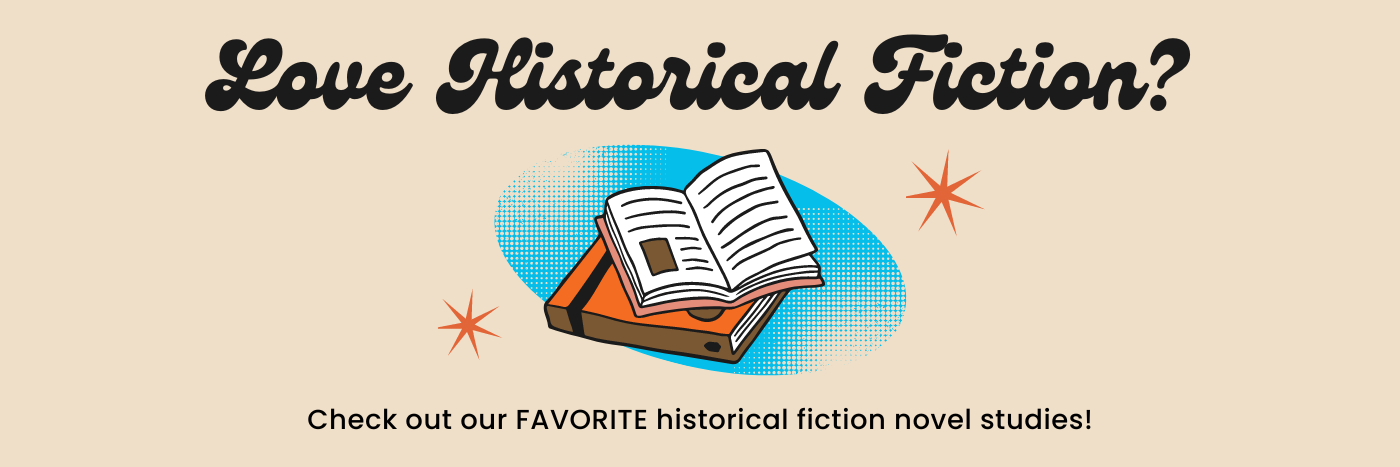
Fallout by Steve Sheinkin – Book Review
 |
Title: Fallout Author: Steve Sheinkin Publisher: Roaring Brook Press Release Date: September 7, 2021 |
Fallout by Steve Sheinkin tells the complex history of the Cold War. It captures the period between the end of WWII, closing its telling with the Cuban Missile Crisis. As a narrative nonfiction text, it is the perfect resource for studying and learning more about this historical period. Sheinkin expertly weaves a narrative that incorporates various perspectives. It presents historically significant moments and essential information. Yet, he still crafts a text that is digestible and understandable, especially for a younger audience.
Educators now have the perfect book to teach the Cold War (up until the Cuban Missile Crisis). When examining that epoch, those early decades can be easily overlooked, skipped, or simply glossed over due to the complexities of this conflict. It is complicated, but in Sheinkin’s hands, this history comes alive in an accessible, realistic manner. Sheinkin deftly shows how political brinkmanship almost destroyed the human race. As a result, Fallout will leave readers with important questions about humanity, our ability to work together, and our capacity for destruction, including the stark possibility of our choices causing our species to be wiped off the face of the Earth. Those conversations remain relevant always, particularly as technology advances and conflict flares across the globe. The Cold War’s tensions have never fully left us, and they offer lessons for us today if we stop to consider them. Fallout provides teachers with just such a valuable opportunity.
Thank you to NetGalley and publisher, Roaring Brook Press, for an eARC of this book.
Classroom Applications
- Cross-Curricular Unit – Teach the novel in conjunction with a Social Studies unit on the Cold War.
- Literature Circles – Use novel for small groups or choice reading with a variety of books that focus on the Cold War.
- Book Club or Book Exchange – Share the novel with students that enjoy reading historical fiction.
Nonfiction Connections
The list below outlines topics that will enrich your students’ understanding of the novel.
- Cold War
- Soviet Union & Soviet Bloc
- Cold War Espionage
- Nuclear Warfare
Book Companions
The following are great books to pair with Fallout. In parenthesis are the specific aspects students could explore when synthesizing across the texts.
- The Story That Cannot Be Told by J. Kasper Kramer (Nonfiction Connections, Themes)
- 90 Miles to Havana by Enrique Flores-Galbis (Nonfiction Connections, Themes)
- A Night Divided by Jennifer Nielsen (Nonfiction Connections, Themes)
*LIT Lessons participates in the Amazon Associate Program and earns a fee from qualifying purchases made on the Amazon.com site.
More Blog Posts
It’s time for the annual LIT Lessons Novel Study Giveaway! Year-over-year students grow and change, and those changes are often most pronounced when a new school year begins. It’s a fresh start and a restart. The message of Restart by Gordon Korman captures the spirit of new beginnings, evolving identity, and the universal experience of growing older.
Many ELA question stem resources provide vague sentence starters or surface level prompts to encourage students to engage with a text. Oftentimes, these resources lack true depth and rigor, which means students are not being adequately challenged to critically think about a text.
Middle grades historical fiction novels have come a long way from the books available ‘decades’ ago. In fact, this growing genre is now bursting with fantastic, inspiring, and insightful novels. It comes as no surprise that these books are finding their way into middle school ELA curricula…





